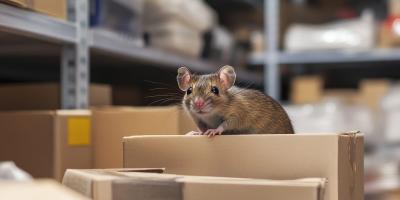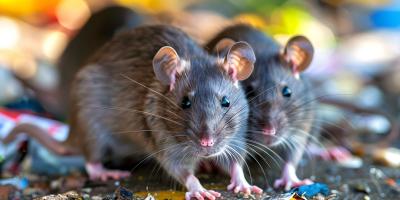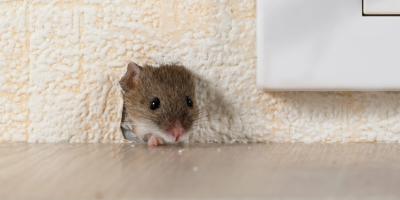Setting action thresholds in Integrated Pest Management

Integrated Pest Management (IPM) refers to a specific strategy of pest management that seeks to minimize both the frequency and invasiveness of pest control intervention. In an IPM strategy, action thresholds help discern when action is necessary and when it isn’t. Therefore, setting appropriate actions thresholds is a critical component of any effective pest control program.
When setting action thresholds for your Integrated Pest Management strategy, ask yourself these questions:
Is there an economic threat?
When applied to agricultural production, action thresholds are always set at the point at which a pest population causes economic losses. This strategy specifically aims to keep pest populations below the economic injury level (EJL). It should be noted that in the case of a commercial enterprise, like a restaurant or a hospital, discerning economic threat is a bit more complicated. How many flies buzzing around the front of the house does it take for a consumer to stop frequenting your restaurant? How many bed bugs before your assisted living facility is unable to attract new patients and develop a bad reputation? However, considering the economic injury level can still guide you in creating thresholds.
What is the cost of taking action?
In some cases, the cost of taking action may significantly outweigh the cost of pest presence and damage. Let’s consider this example: A nursing home finds termite activity in the wooden structures of the building. The termites could seriously damage the wooden structure, but the cost of eradicating the termites and treating the structure damage is substantial. In this situation, the nursing home needs to determine when the cost of action is justified. If the population never passes the pre-determined threshold, action isn’t economically justifiable. If it does, action is justified. The takeaway? You should always carefully weigh the costs of taking action against the benefits of doing so.
What are the risks to health and safety?
Action thresholds should always be set on the low side whenever there are health risks or safety concerns. When pests pose an immediate health or safety risk to your patrons or staff, action should also be taken swiftly to control the population that poses the threat. For example, the action thresholds for ticks at a community athletic field should be set quite low if Lyme disease is a top concern. The threshold for garden spiders would be much higher than for a poisonous spider variety.
What are the legal concerns?
If you operate any hospitality or service business, you are likely under tight legal regulations, including state and county health codes. Tolerance for virtually every kind of pest, including cockroaches, ants, and mice, is low to nonexistent. If you fail to adhere to your industry and state regulations, you could be heavily fined or worse, shut down, so it’s important to create your thresholds according to any applicable legal requirements and industry standards.
Is there a potential for aesthetic damage?
Even if pests aren’t a risk to the health and safety of patrons or staff, and aren’t a direct risk to the profitability of your business, they may be doing aesthetic damage. While this might seem rather low on the list of concerns, plants damaged by pests can be unsightly, and damaged landscaping can reflect poorly on your business. How much aesthetic damage is too much? As a general rule, if pests have destroyed more than 10 percent of your plants or landscaping, it is probably time to take action and consult with a professional pest control company to find the source of damage.
JP Pest Services is dedicated to solving commercial pest problems. Our service professionals understand the specific regulations and requirements of the numerous different types of commercial industries we provide service for. We offer free staff training for anyone looking to give their employees the resources and knowledge needed to help not only lessen the effects of pest issues, but also to prevent them all together. Request your free consultation today for a thorough examination of your business location and a pest control program tailored to your specific needs.



